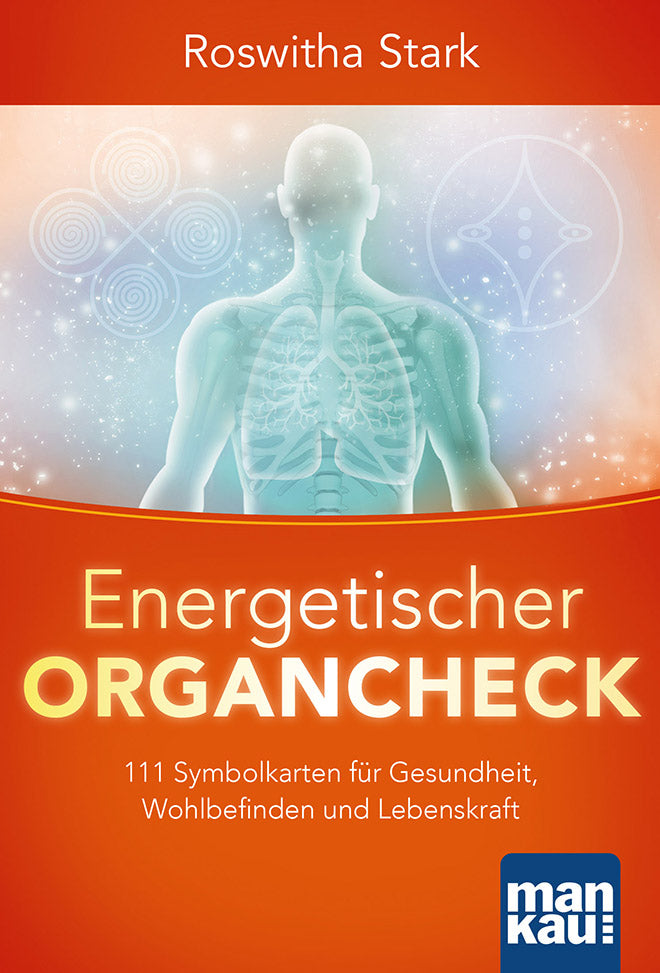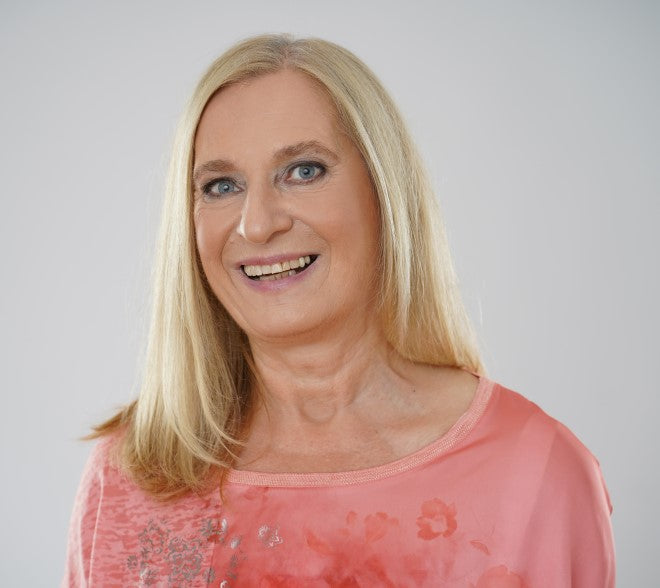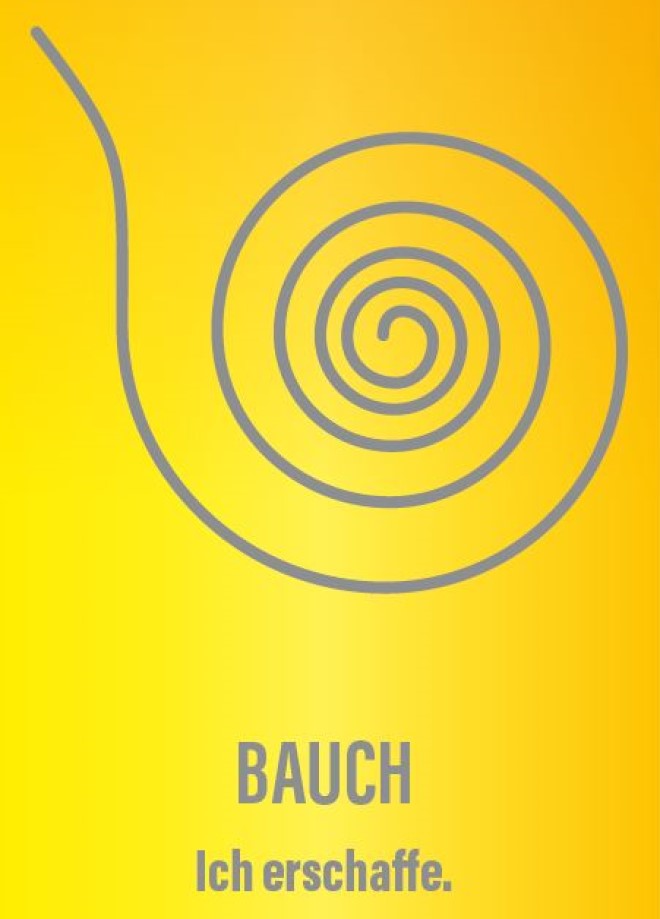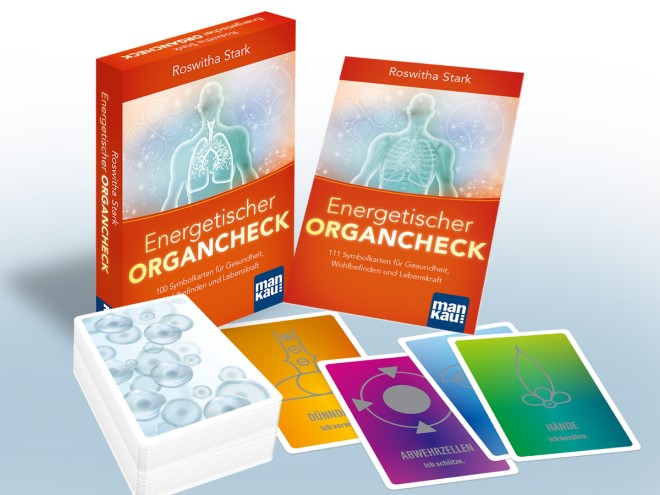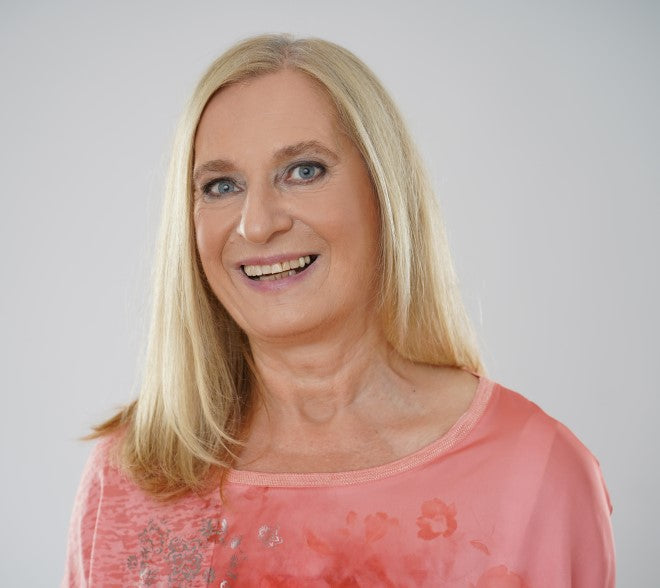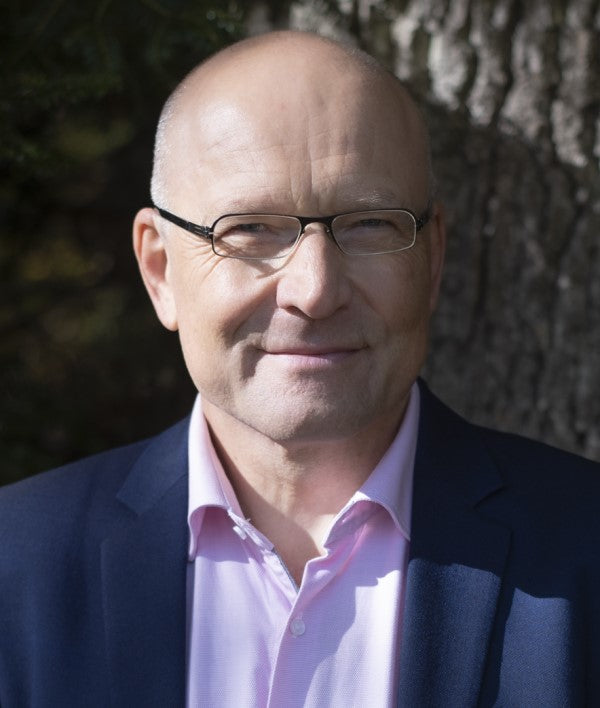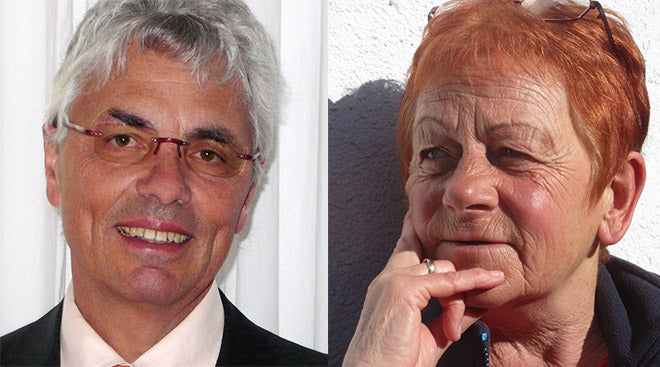
Interview with Dr. Norbert and Gertrud Weidinger: “Being anchored in something that is bigger than man”
Interview with Dr. Norbert and Gertrud Weidinger: “Being anchored in something that is bigger than man”
"From a psychological point of view, rituals and symbols have the power to initiate a healing transformation in people, to trigger a change of attitude or a change of mind. From a theological point of view, this is where people and God meet - symbols form the bridge over which believers connect with each other and with God. This feeling of being touched awakens healing powers in us such as hope, confidence, serenity and the inner knowledge that everything will end well." Dr. Norbert Weidinger and Gertrud Weidinger , authors of the guidebook " The Healing Power of Christian Rituals and Symbols ", search for supporting rituals and symbols for all those who are looking for depth in life, meaning and orientation.
You have already published numerous joint books on the topics of symbols and rituals in everyday life and Christianity, as well as liturgical education, customs and the church year. Who are you addressing with your latest work?
N. Weidinger: We want to appeal to people who are looking for depth in life, who have lost touch with the world of rituals and symbols - in whatever way. We want to show them a new way of accessing it and encourage them to go on a journey of discovery in their everyday lives and on holidays. Above all, we turn to those contemporaries who are looking for traces of meaning and basic orientation because they are suffering from the wounds that life has inflicted on them. We want to strengthen them.
Since the beginning of human history, symbols have represented the polarities of life. They touch our innermost being, the depth of which can be experienced in rituals. Which symbols and rituals are the focus of your book?
G. Weidinger: We concentrate on rituals and symbols that have their origins - between birth and death - in nature, but also in art, in everyday life or in old myths and fairy tales and, last but not least, in the Bible; that is: water and fire, light and rainbows, bread and wine, incense and oil, and the cross. We devote ourselves to their possible light and dark sides. Their exploration leads to meaning via the senses.
You are particularly interested in the healing power of Christian symbols and rituals. What do you understand by their healing effect and what do you see as their specifically Christian significance?
N. Weidinger: For us, the specificity of Christian rituals and symbols lies in their roots and in the testimony of their healing effect in the testimonies of faith in the Bible, but above all in the life of Jesus. Symbols form - then as now - the bridge over which believers connect with each other and with God. Through them, people come into contact with God's healing power. This being touched awakens the inner healing powers, the "inner healer" in us when we pray and meditate, when we bless one another and allow ourselves to be blessed, and when we celebrate the sacraments. This leads to the development of healing basic attitudes such as love, faith, hope and the ability to comfort. This is how we can master the highs and lows in life.
The healing power of Christian rituals and symbols lies in the mental and spiritual realm and is often also apparent in the physical. For example, brain research confirms that prayer and meditation stimulate the body's self-healing powers. What insights have become important to you here?
G. Weidinger: In the empirically reliable “nun study” to investigate dementia and Alzheimer's disease among nuns, brain researchers have shown that a meaningful life, adapting to living conditions and being anchored (e.g. through prayer, meditation, monastic life) in something that is greater than the person himself, has a healing effect on mental and physical health. This lifestyle extends life expectancy and protects against dementia symptoms. But this life is also finite.
Anyone who lives rituals and symbols, consciously keeps them alive or rediscovers them for themselves, undergoes an inner change of perspective, that is, they take a new look and change their view. What can this mean for the individual?
N. Weidinger: Even from a psychological point of view, rituals and symbols have the power to alleviate people's suffering by initiating a healing transformation in people, often also triggering a change of attitude or a change of heart. From a biblical-theological point of view, God and man meet in rituals and symbols. From this changed perspective, healing powers such as hope, confidence, serenity and the inner knowledge that everything will end well can arise in every person.
They see Christian symbols and rituals as concrete aids to life that have an impact not only in the liturgical context but also in everyday life. How can we succeed in charging traditional experiences with current and concrete meaning?
G. Weidinger: Anyone who gets to the bottom of traditional Christian rituals and symbols and traces their fundamental meaning can incorporate them into their current lifestyle in a healing way. For example, during Advent and Christmas, they can grapple with the light and darkness in their own life (and their shared life) and thus gain new meaning from the traditional forms of organization: It brightens up my life and that of strangers when I – like Martin von Tour once did – recognize and take serious concerns and needs, share them and help in word and deed. Only in this way can light and peace be restored on earth and wounds heal.
Tip:
Gertrud and Dr. Norbert Weidinger: The healing power of Christian rituals and symbols. Finding meaning - Finding peace - Experiencing healing . Mankau Verlag, 1st edition November 2020, paperback, 13.5 x 21.5 cm, 214 pp.; 15.95 euros (D) / 16.40 euros (A), ISBN 978-3-86374-576-9
Link recommendations:
Further information on the guide “The Healing Power of Christian Rituals and Symbols”
More about the author Gertrud Weidinger
More about author Dr. Norbert Weidinger
To the reading sample in PDF format
To the Internet forum with our authors and readers
